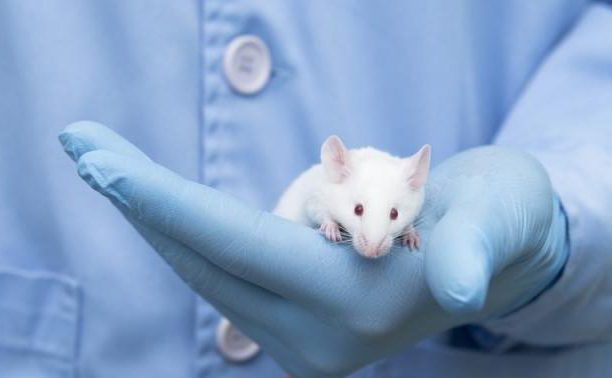In a new study, researchers from the University of North Carolina at Chapel Hill and other research institutions have developed a new COVID-19 mouse model that reproduces many of the features of the human disease and helps push COVID-19 vaccine candidates into clinical trials. The results of the study were published online in the journal Nature on August 27th, 2010. The paper is entitled “A mouse-adapted model of SARS-CoV-2 to test COVID-19 countermeasures”.

There is an urgent need for small animal models that can reproduce SARS-CoV-2 infection to quickly evaluate medical strategies. The mouse model, developed by virologist Ralph Baric Lab, has been used to accelerate the development of “Operation Space Warfare” vaccines, such as the COVID-19 vaccine developed by Moderna. This mouse model is expected to have a positive impact on the development of antiviral drugs, vaccines and antibodies against COVID-19.
In January, when scientists began preparing to study this dangerous new disease, all people focused on ACE2, a protein located on the surface of many types of cells in the human body. SARS-CoV-2, novel coronavirus which causes COVID-19, binds to the ACE2 receptor and uses it to enter the cell and begin to grow, leading to infection.
But it was found that SARS-CoV-2 could not use the viral receptor ACE2 of mouse. Baric labs have a history of building mouse models of other coronaviruses such as SARS-CoV and MERS-CoV, so they used their expertise to modify SARS-CoV-2 to use mouse ACE2 receptors.
They changed the two amino acid positions in the SARS-CoV-2 genome to construct a mouse adaptive virus that can infect standard laboratory mice (mouse-adapted virus, a mutated SARS-CoV-2 virus that can infect mice).
“Mild symptoms occurred in young mice, while in older mice, we observed more serious diseases, which is consistent with what has been reported in the population,” said Sarah R. Leist, a research assistant at the University of North Carolina at Chapel Hill.
“We have used our SARS-CoV-2 mouse adaptation model to test some medical responses,” said Kenneth H. Dinnon III, lead author and graduate research assistant at the Gillings School of Global Public Health at the University of North Carolina at Chapel Hill. We have partnered with the Vaccine Research Center of the National Institutes of Health and Moderna to test their mRNA-1273 human candidate vaccine and show that it can effectively protect mice from infection. We are also working with a number of academic groups to test other vaccine platforms, including the self-amplifying mRNA (SAM) vaccine platform developed by our own laboratory. “
The mouse model is helping to make progress in another treatment: antibodies, which are designed to use the body’s abilities to target and counter threats.
Baric Lab works with other laboratories to identify and test the best human monoclonal antibodies that bind and neutralize SARS-CoV-2 in mice.
The experiments described in this study found that a single injection of interferon lambda-1a before or after SARS-CoV-2 infection protected mice from viral replication and loss of lung function.
This mouse model is the first to show that this treatment is effective against SARS-CoV-2 in vivo. The findings support ongoing clinical trials at Stanford University.
“This new mouse model will be made available to other researchers and will provide the research community with a system to understand how the virus causes disease and to test various treatments and vaccines under development,” Baric said.
